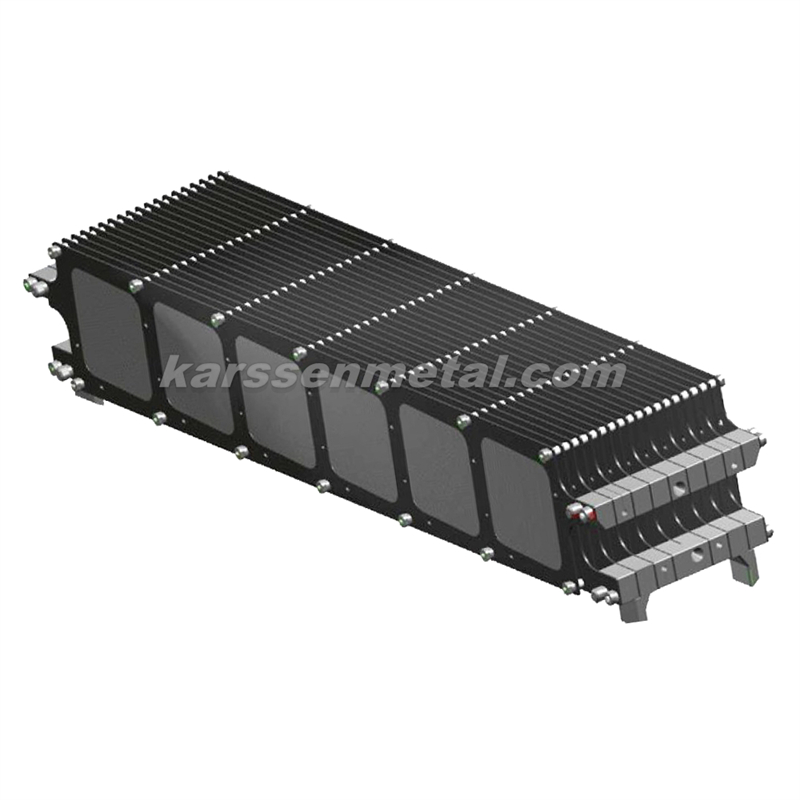Email: info@karssenmetal.com Tel: +86 18147353336

Introduction of Tubular PECVD
As we all know, in the process flow of photovoltaic cells, there is a process of "coating anti-reflection film", and among them, PECVD (plasma chemical vapor deposition) technology has the advantages of fast coating forming speed, light wrapping plating, and low cost. Its market share may gradually increase.
Purpose of PECVD
A layer of silicon nitride anti-reflection film is deposited on the surface of the silicon wafer to increase the transmission of light incident on the silicon wafer and reduce reflection. Hydrogen atoms are doped in silicon nitride to add hydrogen passivation.
Coating principle
When light hits the surface of a silicon wafer, about one-third (about 35%) of the light is lost by reflection. If there are one or more layers of suitable thin films on the silicon surface, the reflection of light can be greatly reduced by using the principle of thin film interference. This kind of film is called ARC, antireflection coating of solar cells.
The principle of tubular PECVD
The heated thin gas is excited by pulsed radio frequency for glow discharge to form plasma, and the two corresponding graphite sheets are applied with opposite alternating voltage to accelerate the plasma to hit the gas between the plates and move to the surface of the silicon wafer to complete the coating process.

Isostatic graphite blocks are an important graph
Graphite rotor belongs to graphite material, whi
Graphite sheets have many important roles in the
Contact: Bateer
Phone: +86 18147353336
Tel: +86 18147353336
Email: info@karssenmetal.com
Add: Room D204-2203, Innovation Building, Baotou Light Industry Vocational Technical College, 19 Jianhua Road, Qingshan District, Baotou City, Inner Mongolia, China.